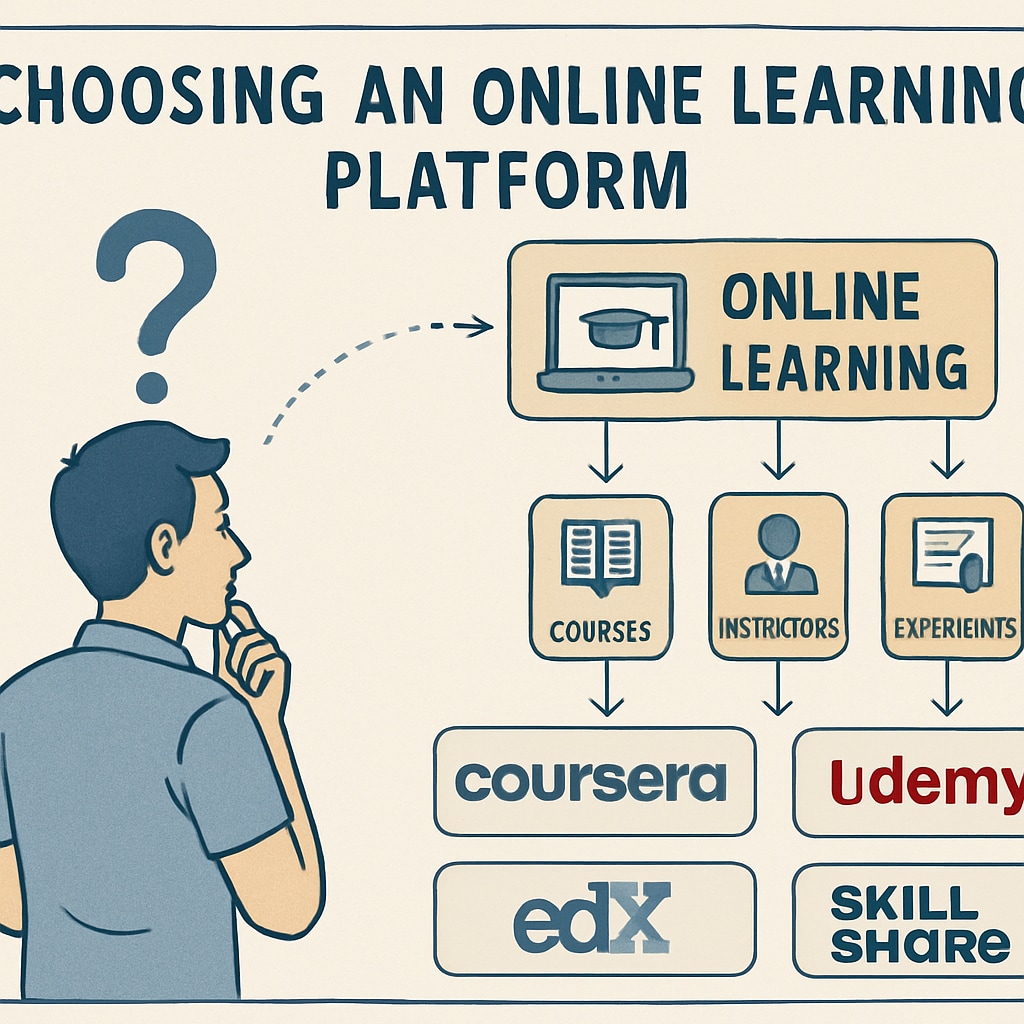For learners who have been away from academics and are now preparing to re-enter college, finding effective online math tutoring resources is crucial for success. These tools can help you refresh your skills, build confidence, and prepare for the demands of university-level math courses. In this article, we will explore practical steps to evaluate your math foundation, select the ideal online learning platform, and craft a personalized study plan to achieve your academic goals.
Assessing Your Current Math Skills
Before diving into online math tutoring, it’s important to assess your current skill level. This will help you identify specific areas for improvement and choose resources tailored to your needs. Start by reviewing old textbooks, solving basic problems, or taking diagnostic tests offered by many online platforms. For example, Khan Academy provides free assessments that align with various educational levels.
Consider these questions during your evaluation:
- Which math topics do you feel confident about?
- Where do you struggle the most?
- Are there gaps in your understanding of foundational concepts?
Once you’ve identified your strengths and weaknesses, you’ll be better equipped to choose resources that cater to your unique learning needs.

Choosing the Right Online Math Tutoring Platform
The next step is selecting the right platform for your learning journey. With countless options available, ranging from free resources to paid services, it’s vital to choose one that aligns with your goals, budget, and preferred learning style. Here are some factors to consider:
- Content Quality: Ensure the platform offers comprehensive explanations, interactive exercises, and video tutorials.
- Adaptability: Look for platforms that allow you to progress at your own pace and revisit challenging topics.
- Cost: Decide whether you prefer free resources (e.g., Khan Academy) or paid services like Brilliant, which offer advanced features.
- Accessibility: Check if the platform supports mobile devices, so you can learn on the go.
For example, platforms like Coursera and edX offer courses designed by reputable universities and institutions, ensuring high-quality content.

Creating an Effective Study Plan
Success in college math requires more than just access to resources—it also demands a solid study plan. Here’s how you can build one:
- Set Clear Goals: Define specific objectives, such as mastering algebra or strengthening calculus skills.
- Create a Schedule: Dedicate regular time slots for studying, ensuring consistency and focus.
- Mix Techniques: Use a blend of watching tutorials, solving exercises, and taking quizzes to reinforce learning.
- Track Progress: Monitor your improvement over time and adjust your plan to address weak areas.
Additionally, don’t shy away from seeking help from online tutors or joining study groups. Collaboration can provide new perspectives and enhance your understanding.
By following these steps, you’ll be well-prepared to tackle college math courses and thrive academically.
Conclusion: Embrace Online Learning for a Smooth Transition
Re-entering academia can be daunting, but with the right online math tutoring resources, you can navigate this transition with confidence. Start by assessing your current skills, choose a platform that suits your needs, and develop a focused study plan. By taking these proactive steps, you’ll build a strong foundation for success in your college math courses.
Remember: The journey to mastering mathematics is a marathon, not a sprint. Stay consistent, seek help when needed, and maintain a positive attitude. With dedication and the right tools, you can achieve your academic goals.
Readability guidance: This article uses short paragraphs, actionable tips, and links to trusted resources. Lists and headings ensure clarity, and transitions like “however” and “in addition” maintain flow.


